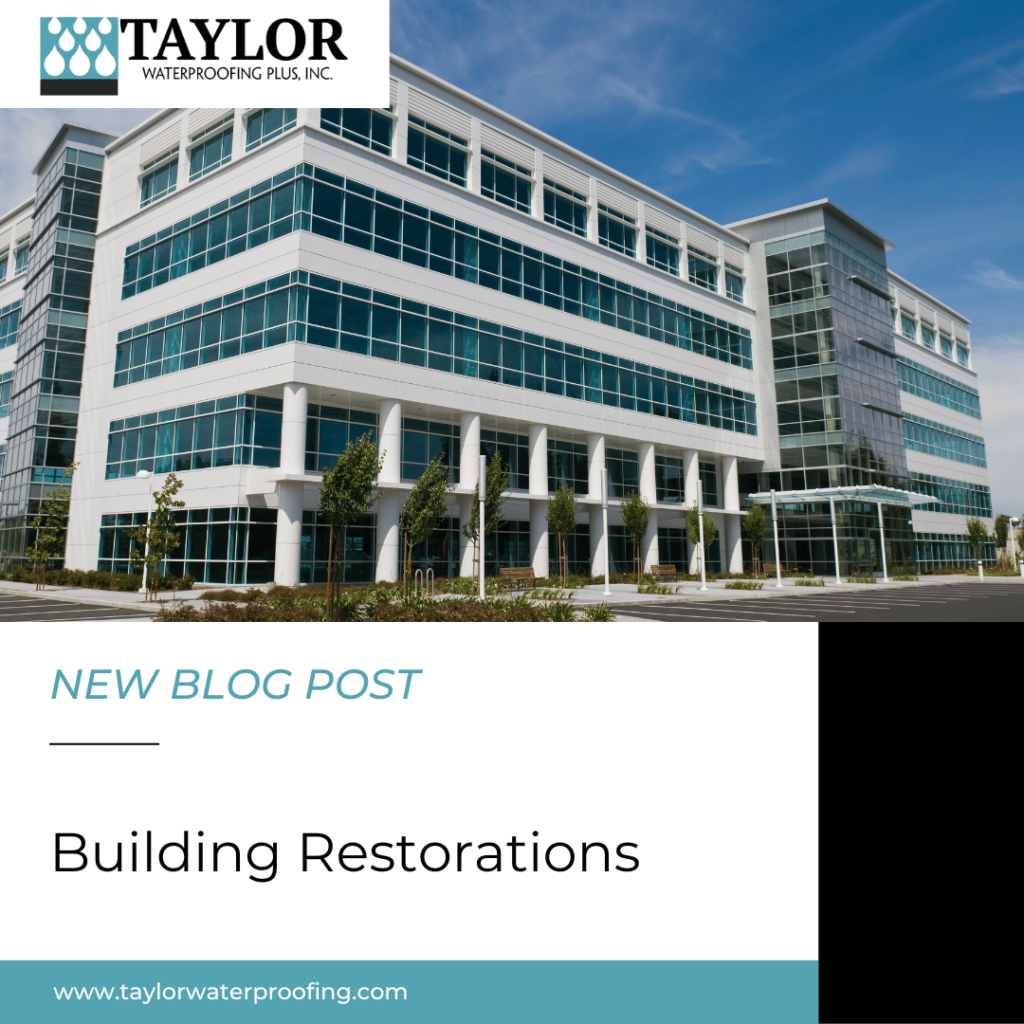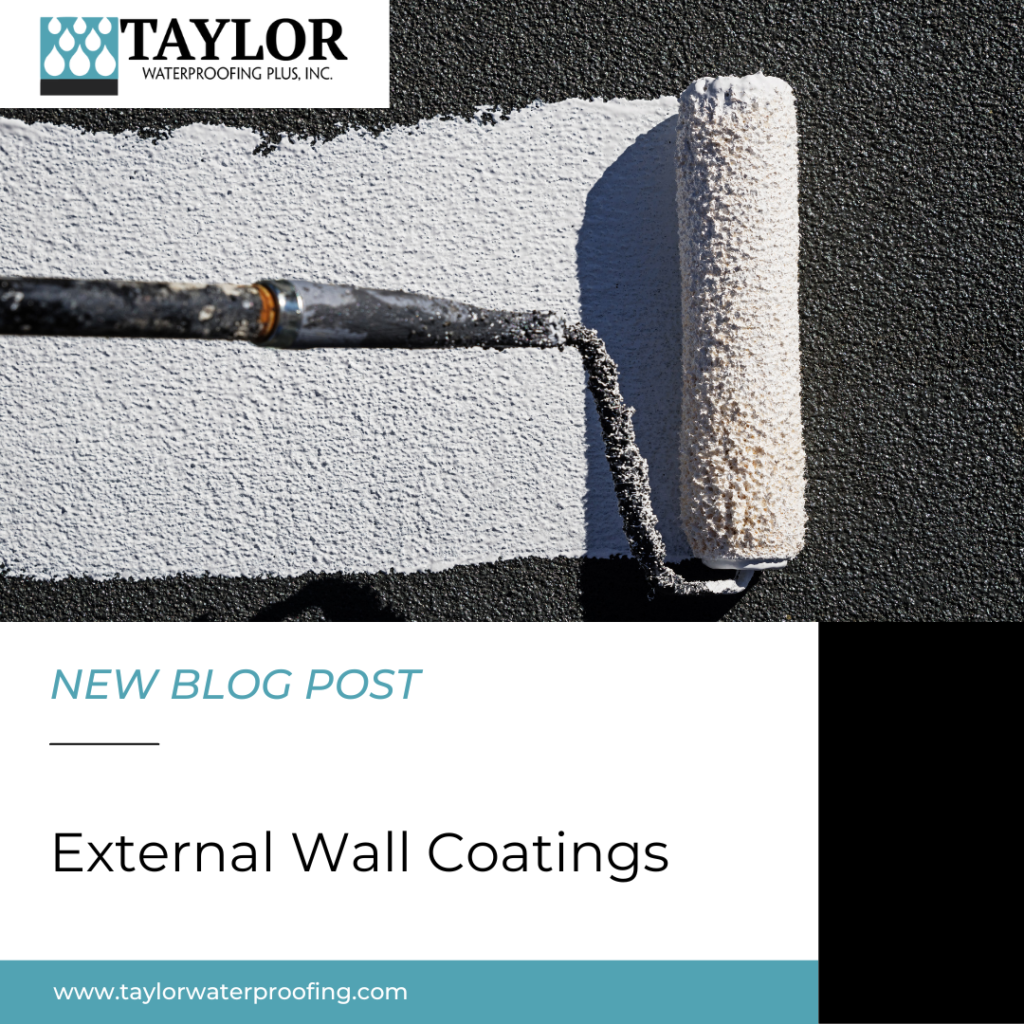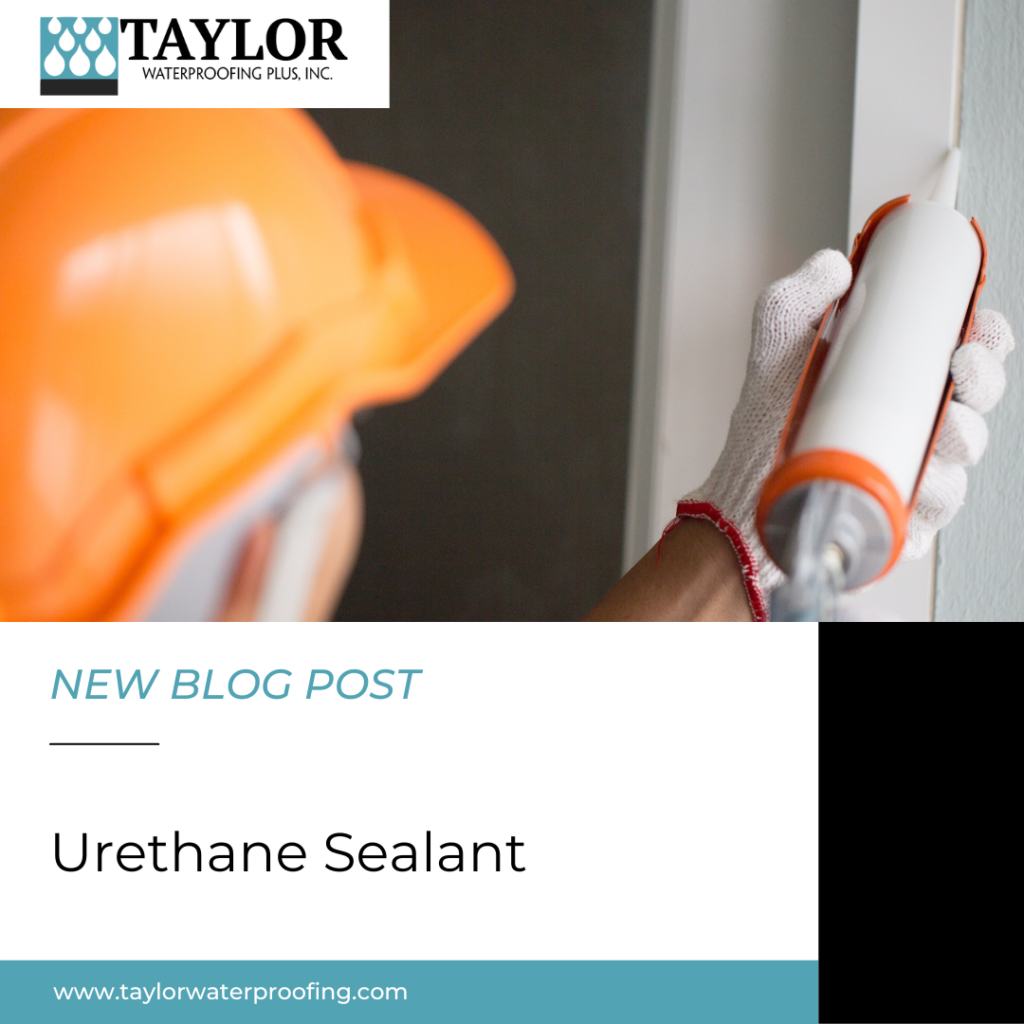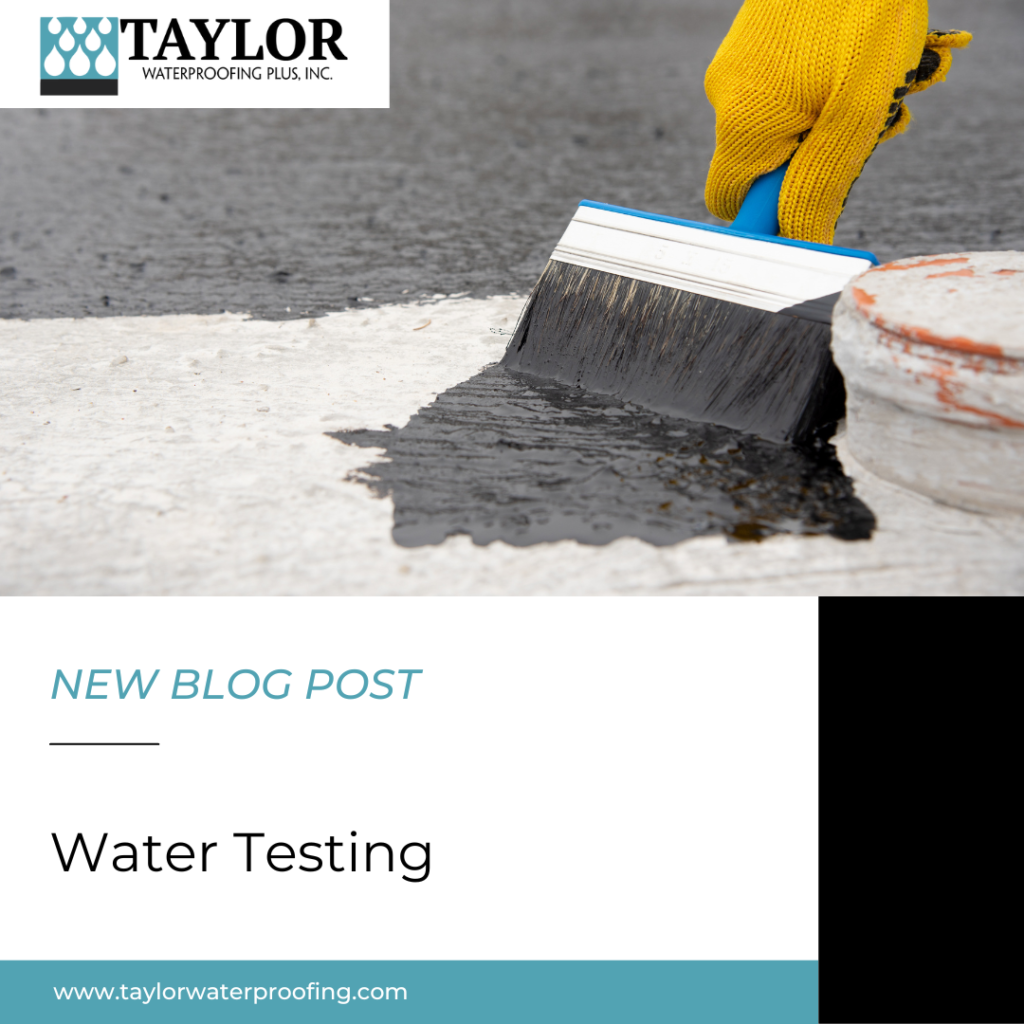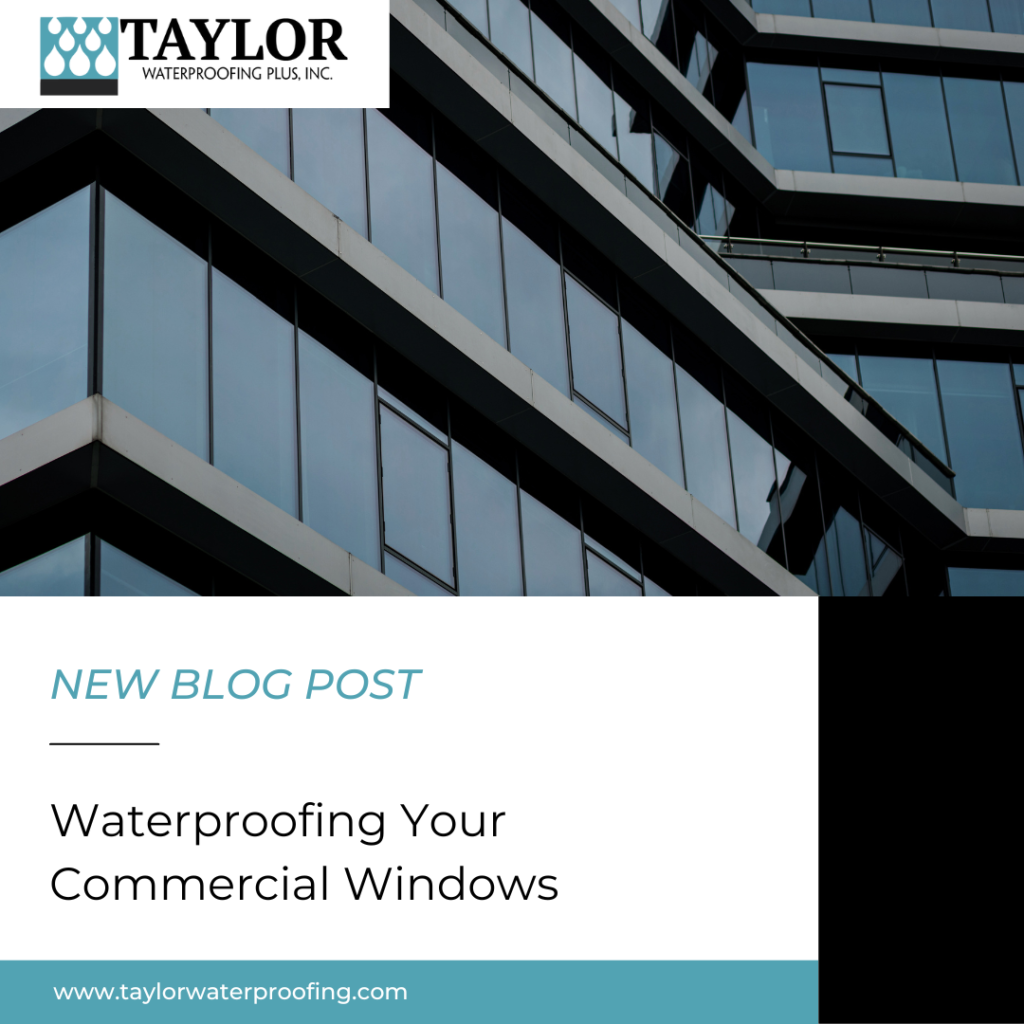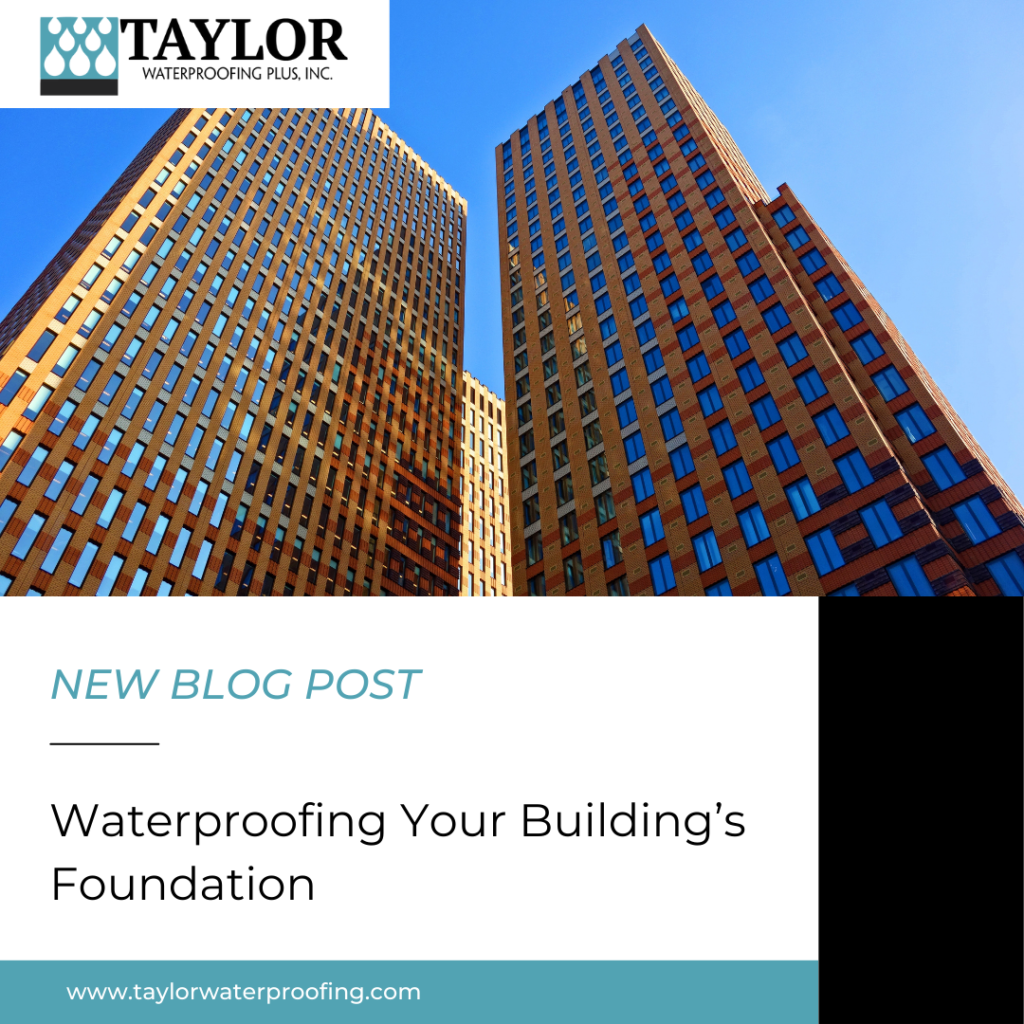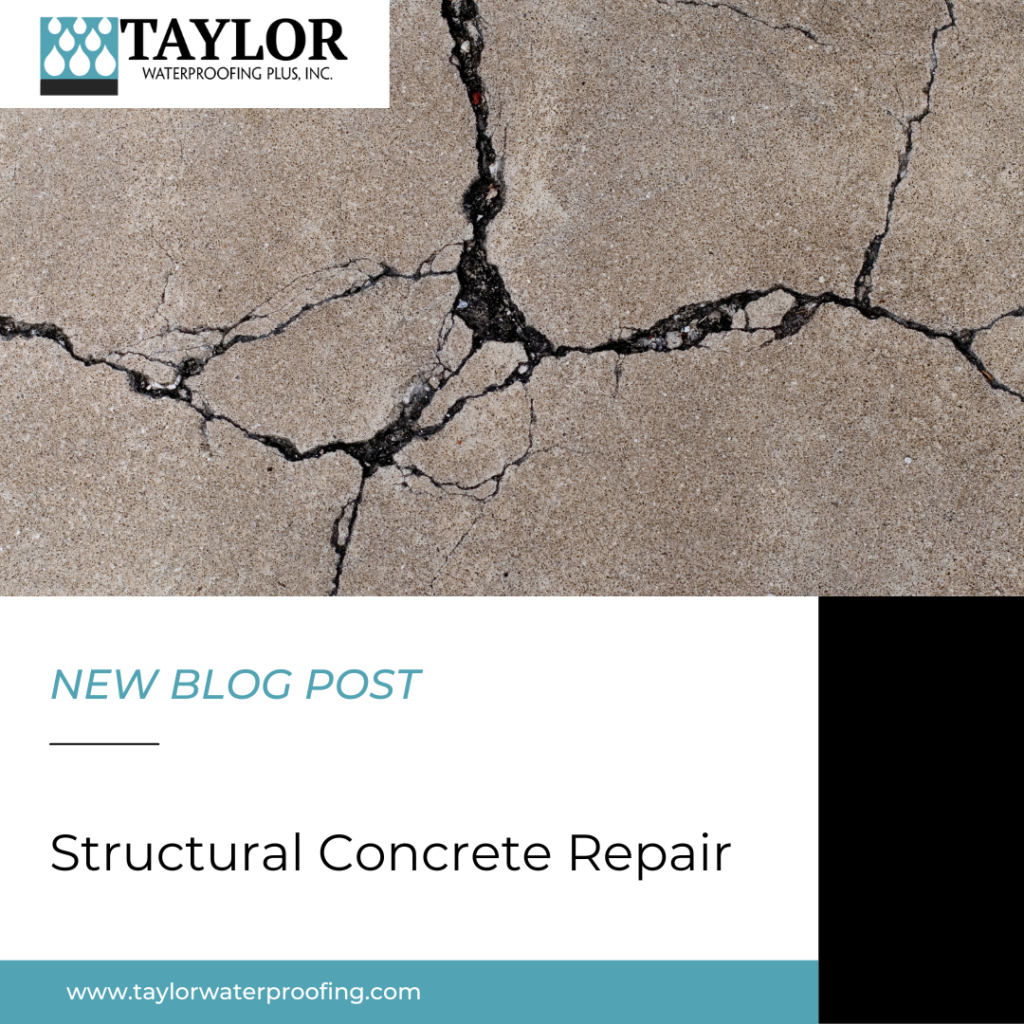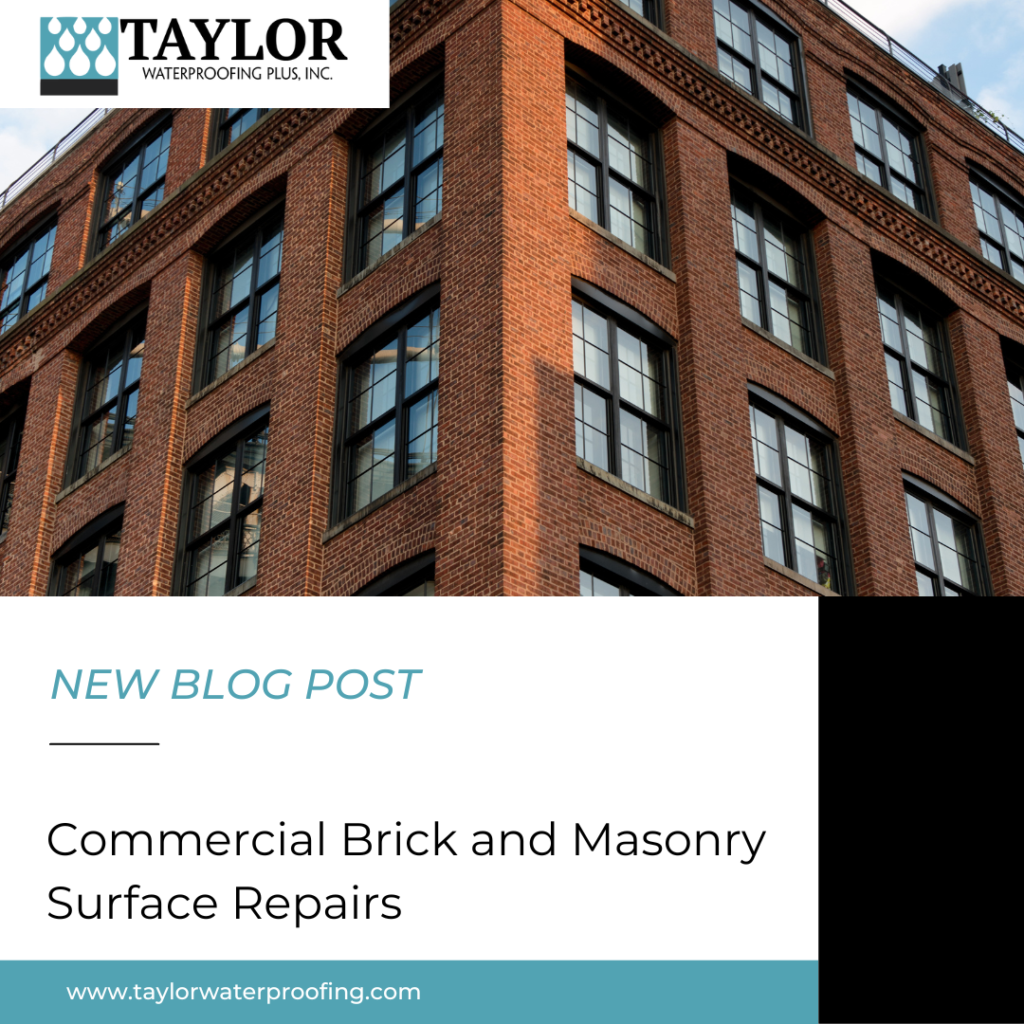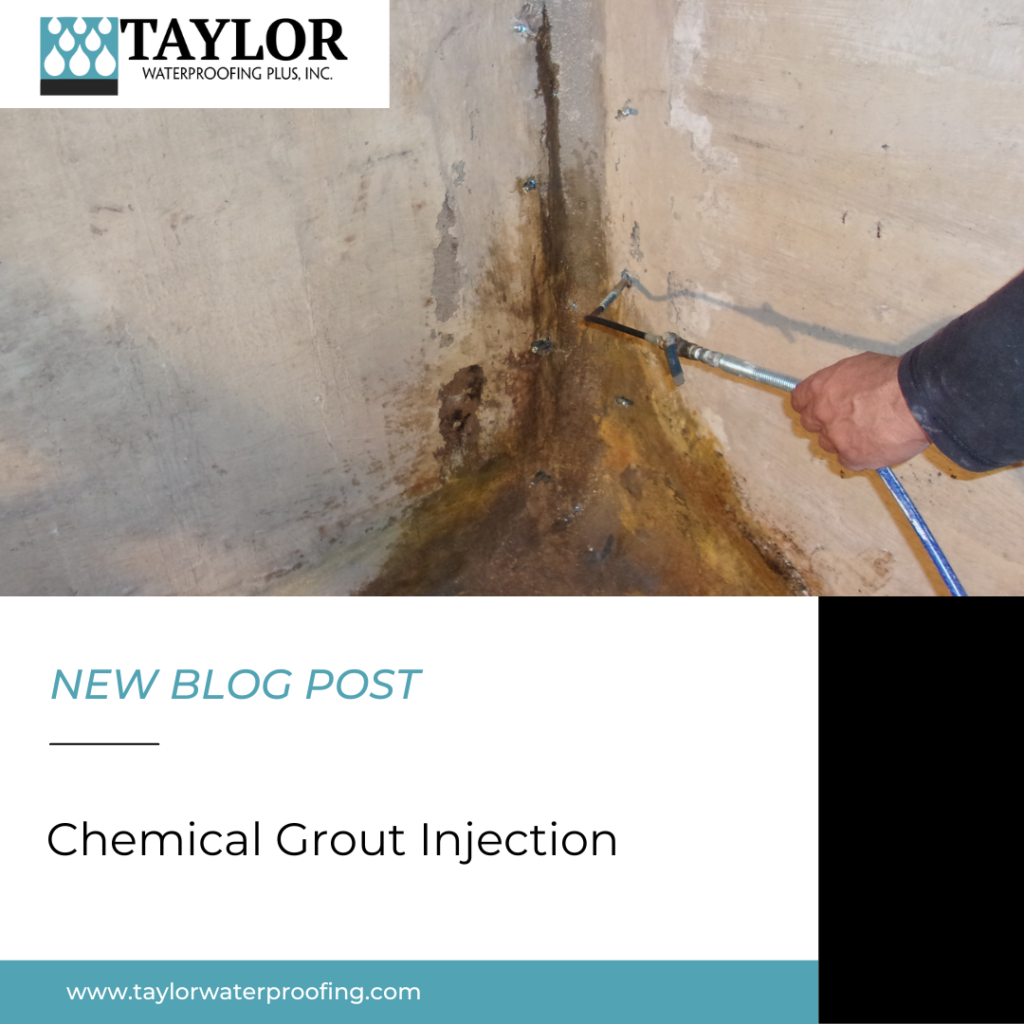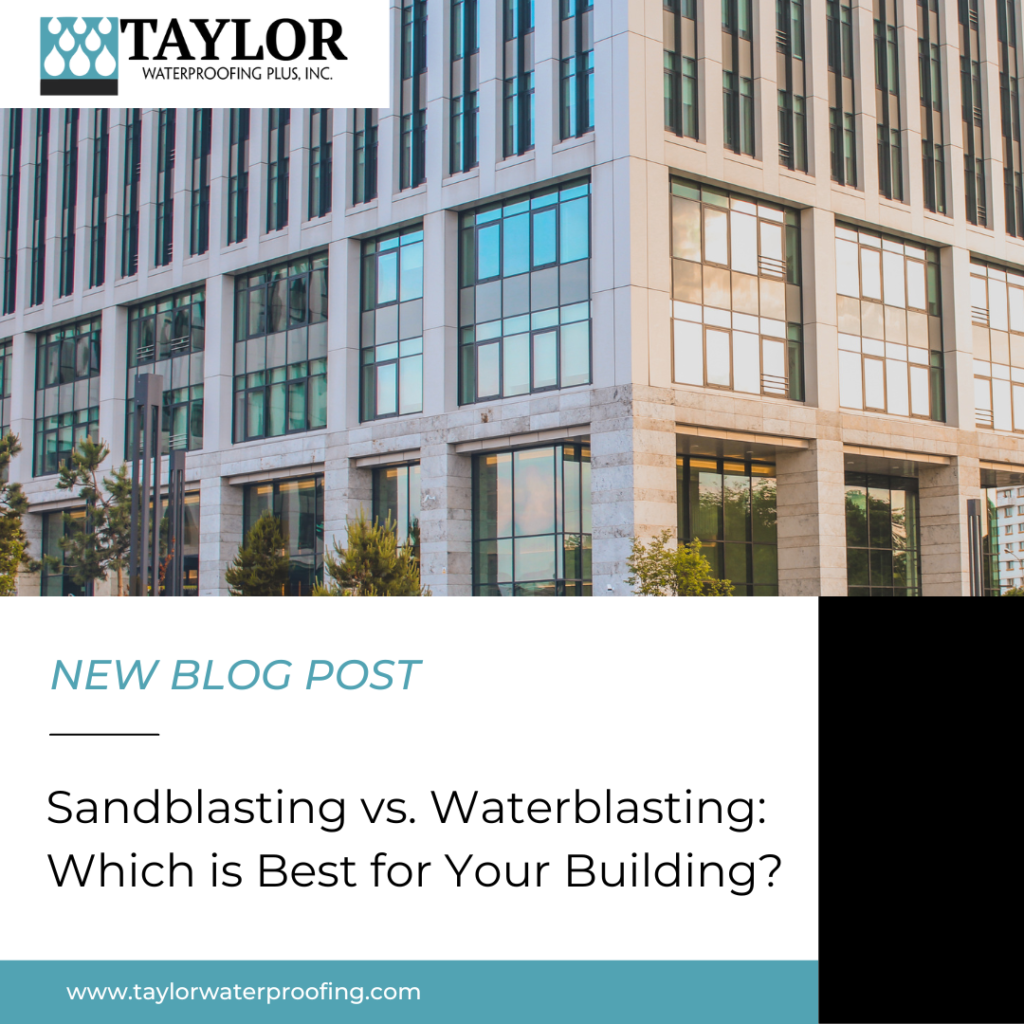Whether a building is an investment, has historical significance, or both, wear and tear on the building can cause issues over time that require building restorations. Your building is a unique structure and is made up of specific materials. Our team can identify the services your building needs for restoration and use quality materials for the job.
Building Restoration Services:
Structural Inspections: If you see cracks in the wall or floors, chipping bricks, water damage, or other issues with your building, it may be tempting to hire someone to fix just that issue, but sometimes the damage can run deeper. Our team can perform a structural inspection to make sure there isn’t a bigger cause and get to the root of the problem.
Historical restoration: When you have a historical building, you want to make sure the team you hire will take the best care during the building restorations.
Brick and Stone Repair: Not only does brick and stone repair help the aesthetic of the building, it can play a huge role in making sure your building is structurally sound. If there are gaps or cracks in the brick or stone, water can leak through and cause issues on the interior of your building.
Concrete Repair: Our team can repair both surface concrete and structural concrete. Over time, cracks in the concrete can lead to corrosion within the slabs and cause it to chip and break. There are different techniques for concrete repair such as grout injections and resurfacing.
Sealants and Coatings: Once the repairs are made, it may be a good idea to apply a sealant or coating to the area, depending on the material and location. This will help prevent wear and tear and water infiltration. Our team can make a recommendation on what type of sealant or coating needs to be used.
Making sure you choose an experienced waterproofing team to perform your building restorations is vital in protecting your property in the future. Our team has the proper qualifications, certifications, and training to make sure your building is in tip top shape. Give us a call today or contact us here to talk about your building restoration needs.


